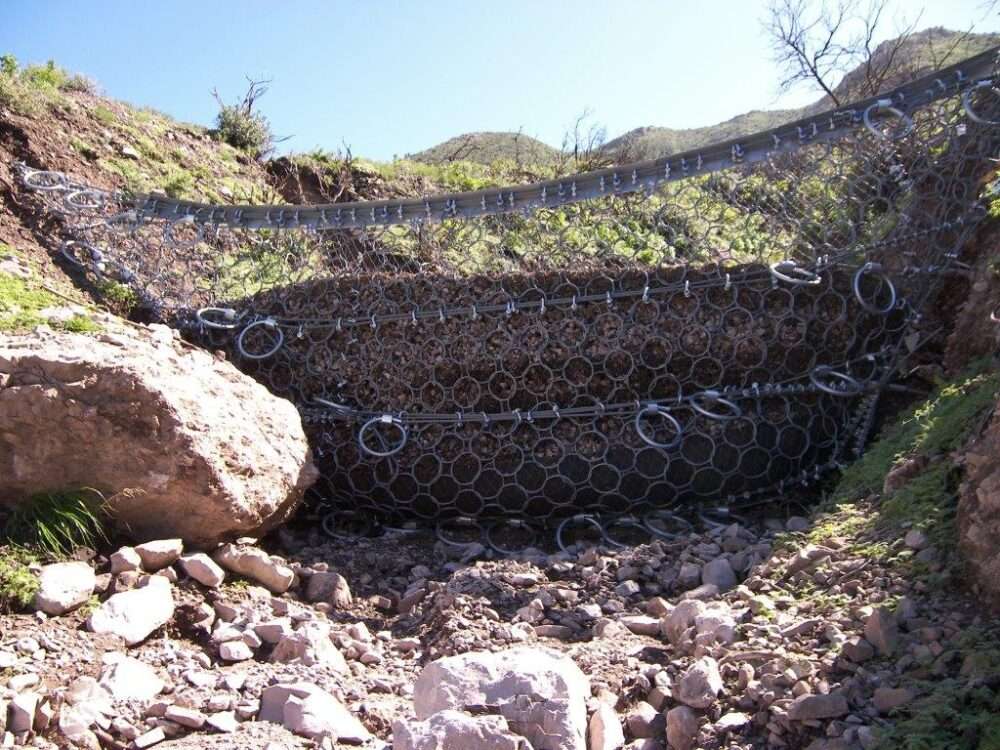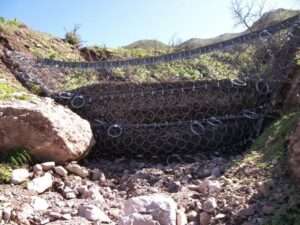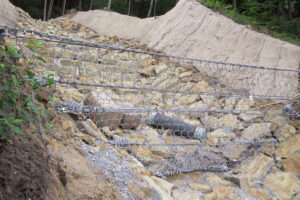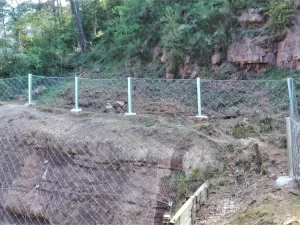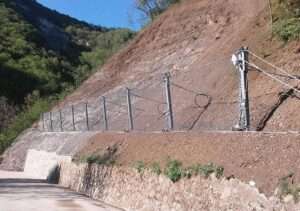Landslides and debris flows are among the most destructive natural hazards, posing significant threats to life, property, and infrastructure. These phenomena occur when gravity causes loose soil, rock, and debris to move rapidly down a slope, often triggered by heavy rainfall, earthquakes, or human activity. To mitigate the risks associated with these events, engineers and environmental planners have developed debris flow barriers. This article explores the design and application of these barriers in landslide-prone areas, highlighting their effectiveness in protecting communities and preserving the environment.
Understanding Debris Flows
Debris flows are fast-moving mixtures of water, soil, rocks, and organic materials that can travel down slopes with devastating force. Unlike traditional landslides, which may consist of solid masses of rock or earth, debris flows can become fluid-like and surge rapidly, engulfing everything in their path. Factors contributing to debris flow events include:
- Heavy rainfall: Saturation of soil can destabilize slopes.
- Rapid snowmelt: Thawing snow increases water runoff.
- Seismic activity: Earthquakes can trigger landslides and debris flows.
- Vegetation removal: Deforestation and land development reduce slope stability.
Given their unpredictable nature and potential for destruction, it is critical to implement effective measures to manage and mitigate debris flow risks.
The Role of Debris Flow Barriers
Debris flow barriers are engineered structures designed to intercept and control the movement of debris flows, thereby protecting vulnerable areas. These barriers can take various forms, including:
- Check Dams: Small, often temporary barriers built across channels to slow water flow and trap debris.
- Retention Walls: Strong walls built at the base of slopes to catch and retain debris before it can reach critical infrastructure.
- Catchment Basins: Large, basin-like structures designed to capture and hold debris flow materials, allowing sediment to settle while directing water safely away.
Design Considerations for Debris Flow Barriers
The design of debris flow barriers involves a comprehensive understanding of the geological, hydrological, and environmental conditions of the area. Key considerations include:
1. Site Assessment: Thorough geological and topographic surveys are conducted to understand slope stability, soil composition, and potential debris flow paths.
2. Material Selection: Barriers must be constructed from durable materials capable of withstanding the forces exerted by fast-moving debris. Common materials include reinforced concrete, steel, and heavy-duty geotextiles.
3. Height and Configuration: The height and design of barriers are critical. They must be tall enough to contain expected debris flow volumes while ensuring that water can flow around or through them to prevent overtopping.
4. Hydraulic Engineering: Effective drainage systems are essential to manage water flow and reduce pressure on barriers. Properly designed drainage helps prevent the erosion of the barrier and maintains its integrity.
5. Environmental Impact: Engineers must assess the potential impact of barriers on local ecosystems. Designs should minimize disruption to wildlife habitats and natural water flows.
Applications of Debris Flow Barriers
Debris flow barriers have been successfully implemented in various landscapes around the world, particularly in regions prone to landslides. Their applications include:
- Mountainous Areas: In regions like the Swiss Alps and the Rocky Mountains, debris flow barriers protect roadways, villages, and ski resorts from frequent debris flow events. These barriers are often integrated with other erosion control measures to enhance their effectiveness.
- Urban Development: As cities expand into vulnerable hillside areas, debris flow barriers become essential in safeguarding urban infrastructure. For example, in California, extensive barrier systems have been implemented to protect homes and businesses from seasonal debris flows.
- Infrastructure Protection: Debris flow barriers are crucial for protecting transportation routes, railways, and utility lines in landslide-prone regions. By intercepting debris before it reaches critical infrastructure, barriers help maintain transportation links and utility services.
Challenges and Future Directions
While debris flow barriers are an effective solution, they are not without challenges. Continuous maintenance is necessary to ensure their effectiveness, especially after significant events that may alter their structural integrity. Additionally, as climate change impacts weather patterns and increases the frequency of extreme events, the design of barriers must adapt to accommodate changing conditions.
Research and innovation in debris flow barrier technology are essential for enhancing their effectiveness. This includes the development of smart barriers equipped with sensors to monitor conditions in real time, as well as improved modeling techniques to predict debris flow behavior more accurately.
Conclusion
Debris flow barriers play a crucial role in safeguarding communities and infrastructure in landslide-prone areas. Through careful design and application, these structures provide a reliable defense against the destructive forces of nature. As our understanding of debris flows evolves, so too must our strategies for managing them, ensuring that both human safety and environmental integrity are preserved for generations to come.


